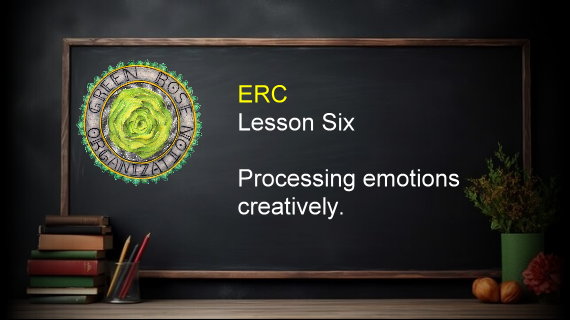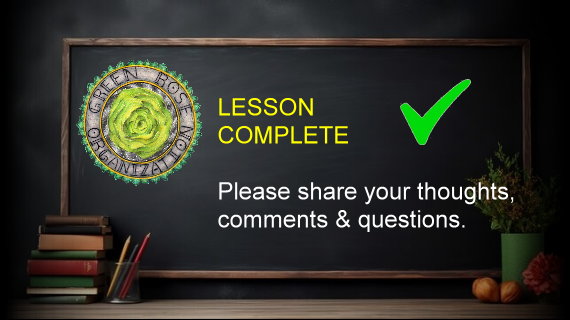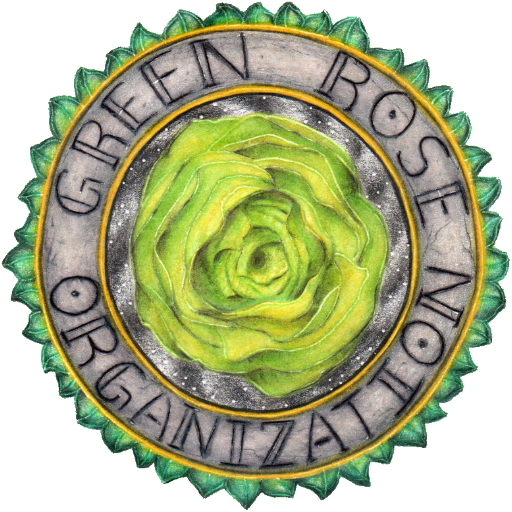
PROCESSING EMOTIONS CREATIVELY
A DETAILED EXPLANATION ON HOW TO PROCESS EMOTIONS WITH CREATIVITY
Processing emotions creatively is a meaningful way to navigate complex feelings, foster emotional resilience, and deepen self-awareness. Creativity provides a safe and expressive outlet for emotions, transforming them into constructive outcomes. Here’s a detailed breakdown of how to engage in this practice: Understanding Emotional Processing Through Creativity 1. Recognizing Emotions: Begin by acknowledging the emotions you’re experiencing—whether it’s anger, sadness, joy, or confusion. Labeling your emotions helps clarify what you’re working through. 2. Setting an Intention: Decide to engage your emotions purposefully, using creative activities to explore and understand them. Steps to Process Emotions Creatively—Step 1: Choose Your Creative Outlet—Find an activity that resonates with you. Popular options include: Art: Drawing, painting, or sculpting can visually express emotions. Writing: Journaling, poetry, or storytelling offers a way to articulate thoughts and feelings. Movement: Dance or physical activity embodies emotions through the body. Music: Playing, composing, or listening to music can evoke and release emotions. Crafts: Sewing, knitting, or other hands-on activities provide a calming focus. Step 2: Channel Your Emotion into Creativity—Once you’ve chosen your outlet: 1. Engage with Honesty: Allow yourself to express emotions without judgment. For example: If you’re angry, use bold strokes or sharp imagery in art. If you’re sad, write a story about loss or play a haunting melody. 2. Focus on Feeling: Immerse yourself in the emotional process. Pay attention to how your chosen activity connects with your emotions—this builds awareness and catharsis. Step 3: Reflect on the Experience 1. Observe What Emerges: Look at what you’ve created or expressed. What does it reveal about your emotions? 2. Find Patterns: Are there recurring themes, symbols, or ideas that arise? This can uncover deeper insights into your emotional landscape. Step 4: Reframe and Release 1. Reframe: Once the emotion is expressed, consider how you can reinterpret it: Ask, What does this emotion teach me about myself or the situation? 2. Release: Let go of the emotion through the act of creation. The process itself can transform overwhelming feelings into clarity or calm. Complementary Techniques—Pair Creativity with Mindfulness: Practice being fully present during creative activities to deepen the experience. Use Symbolism: Incorporate personal symbols or metaphors in your creative work to represent emotions. Focus on Resilience: If the emotion feels intense, approach the activity as an opportunity for growth and healing. Examples of Creative Emotional Processing 1. Painting a Storm: If you’re feeling turmoil, paint a storm scene to externalize the chaos. Reflect on how this imagery mirrors your inner state. 2. Writing a Dialogue: If you’re struggling with conflicting emotions, write a conversation between those feelings (e.g., fear talking to hope). 3. Dancing to Mood: Create a dance that mirrors your emotions. Let the movements evolve as your feelings shift. 4. Music as Emotional Resonance: Compose or listen to music that matches your mood, then transition to melodies that evoke peace or hope. Final Thoughts—Creative emotional processing is not about producing something “perfect”—it’s about connecting with your inner self. By transforming emotions into creative expression, you allow yourself to process them constructively and authentically. Over time, this practice can foster emotional resilience and cultivate a deeper sense of self-awareness.

